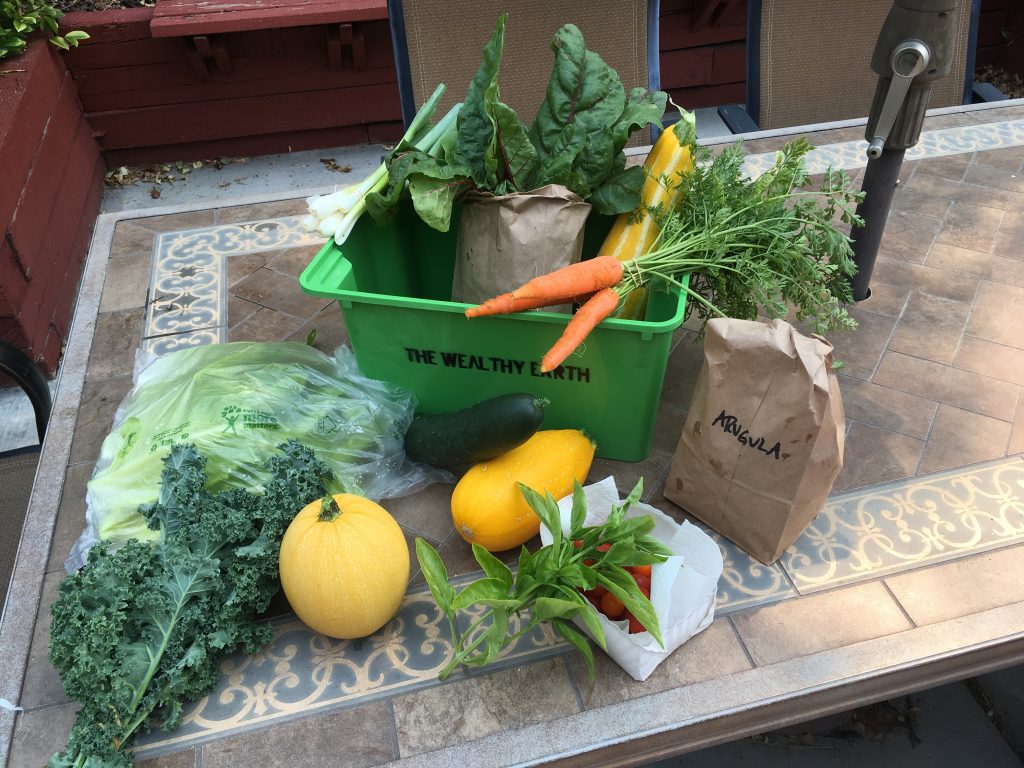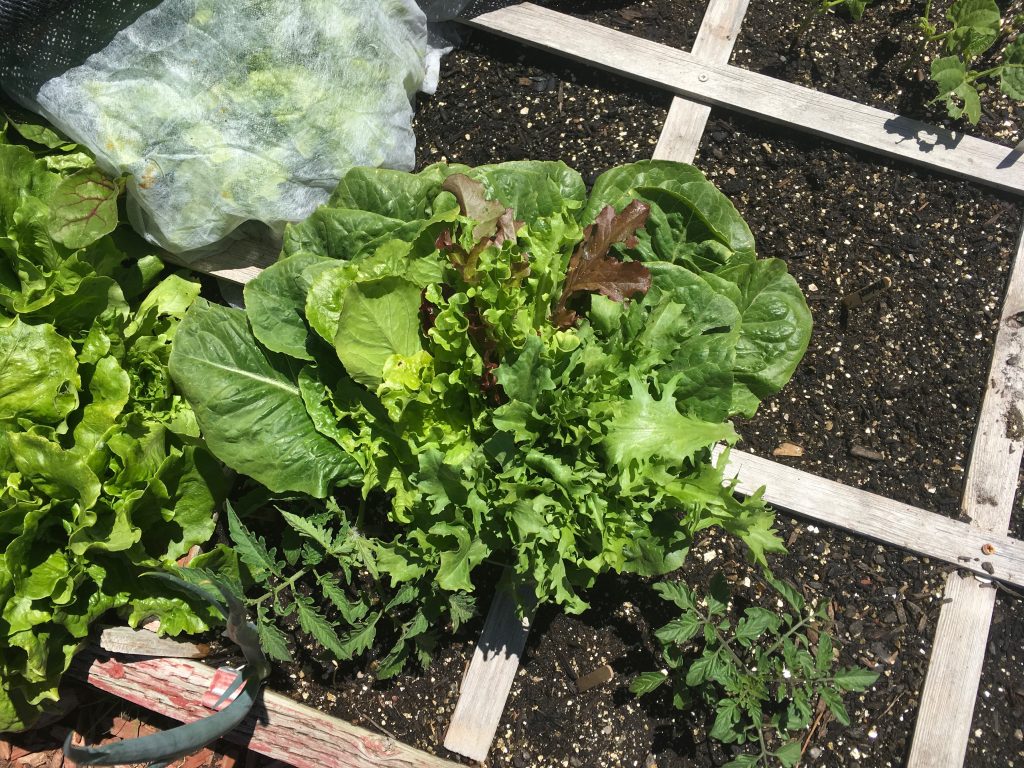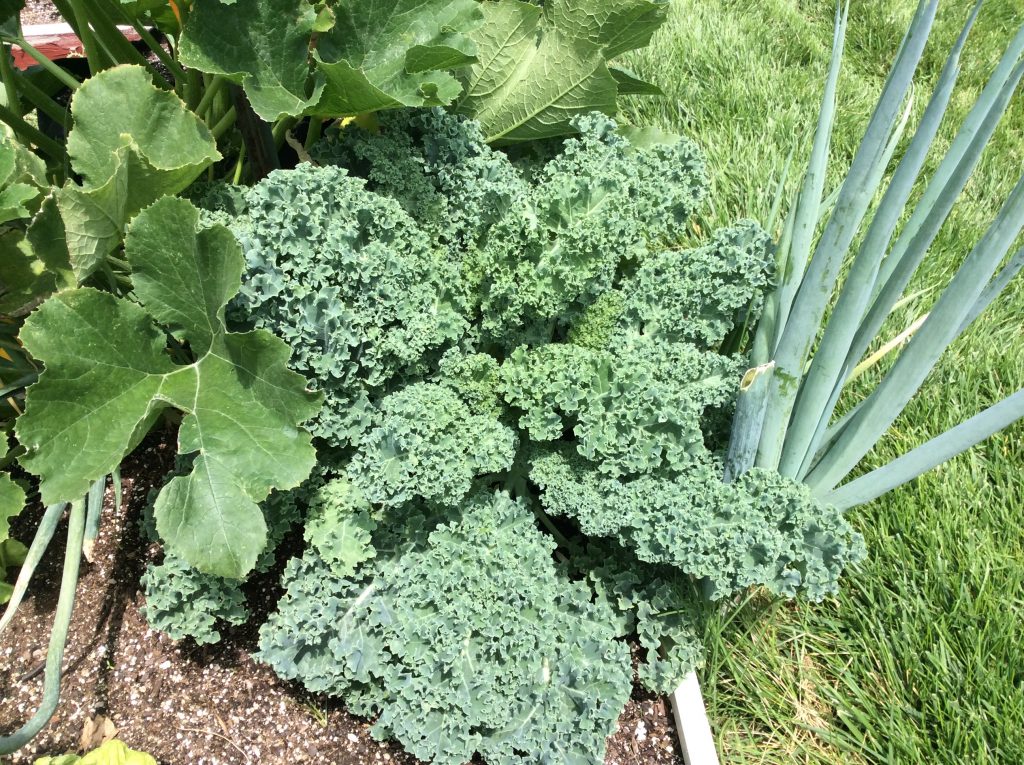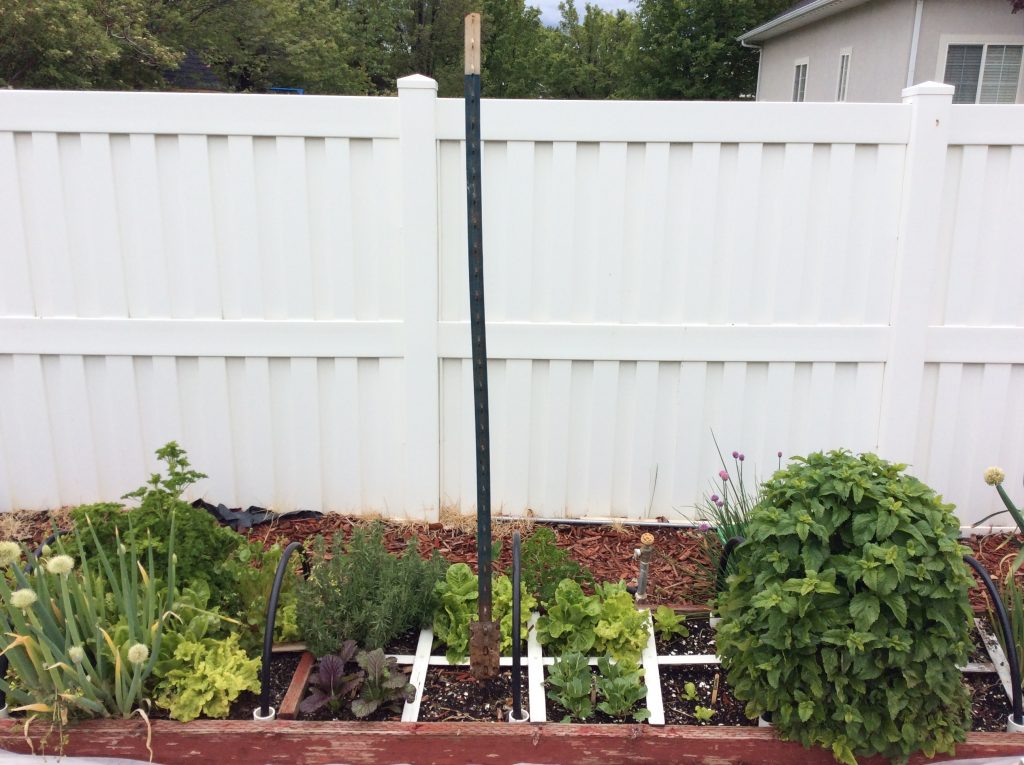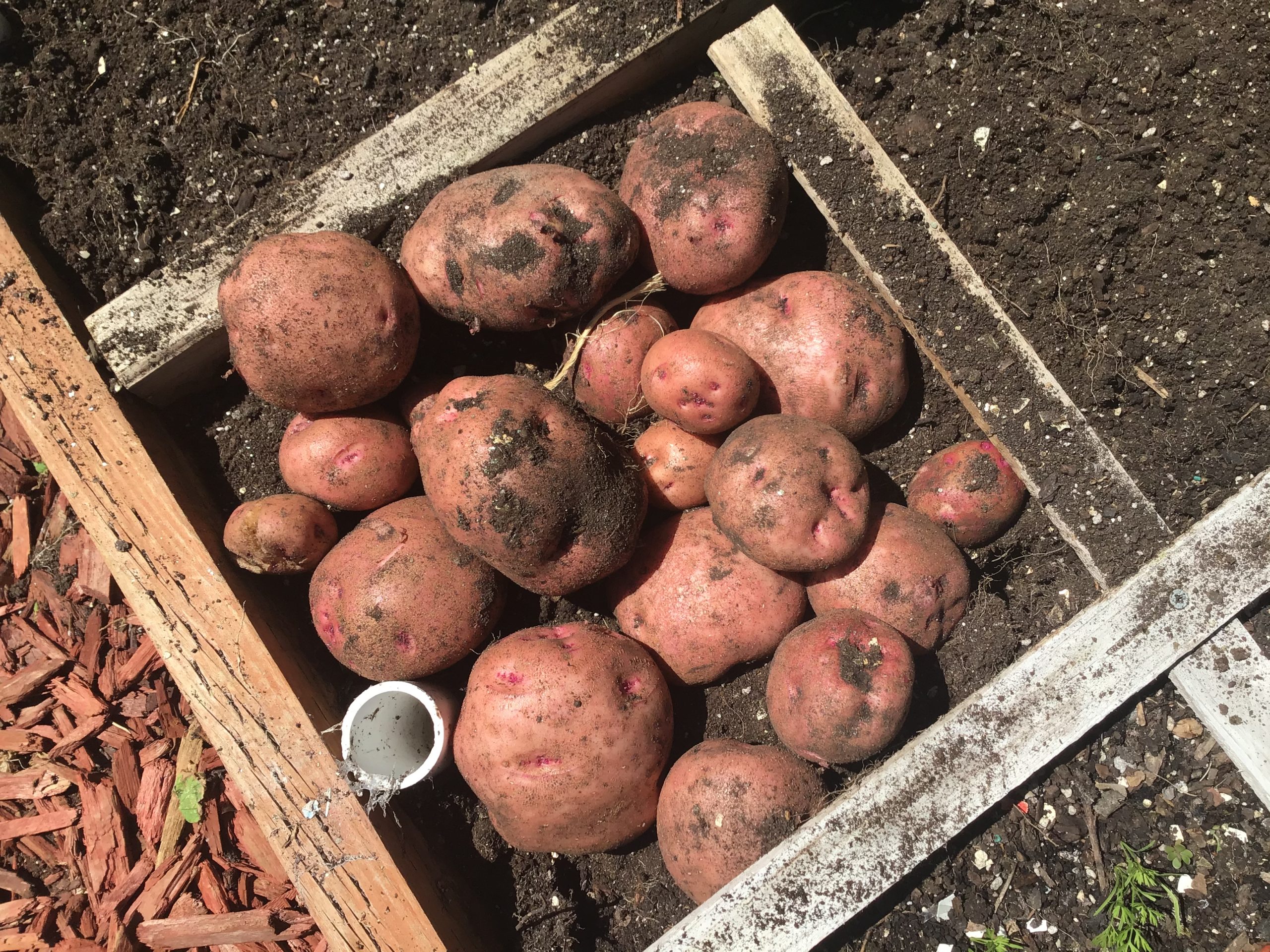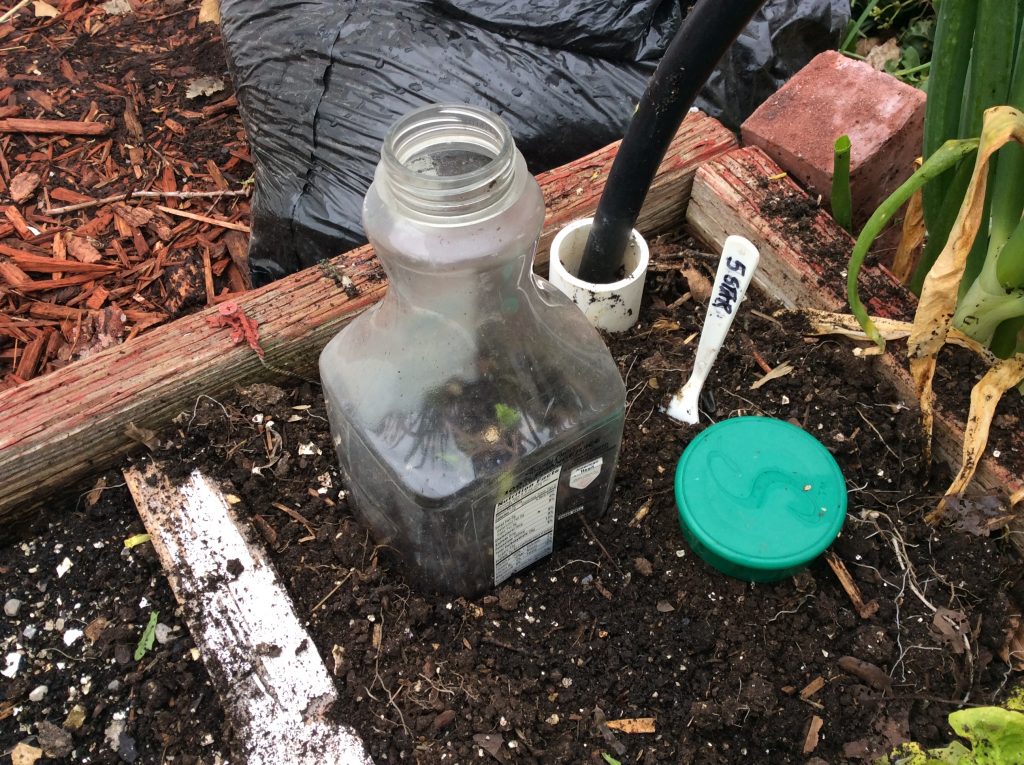 In our geography you often hear that it’s safe to plant summer crops after Mother’s day. It’s snowed twice this week-after the tomatoes have been planted. And unless you’ve got some kind of protection, your tomatoes are no longer among the living.
In our geography you often hear that it’s safe to plant summer crops after Mother’s day. It’s snowed twice this week-after the tomatoes have been planted. And unless you’ve got some kind of protection, your tomatoes are no longer among the living.
Yesterday I delivered some tomato, kale, and lettuce plants to a customer. As I looked at his raised bed, you couldn’t help but notice the dead existing tomato plants, squash, and zucchini they had planted a couple of weeks ago during one of those early and rare 80 degree spring days. If you want to do that you can, but only if you’re prepared to cover your crops in case of a weather emergency.
These tomato plants made it through just fine with the use of an inexpensive cloche. I don’t use anything fancy but you can spend a lot of money on them if you want. I think its a good idea to have several of these handy items available for this very purpose. Its a good thing to use when you’re first putting in your transplants as well. It protects not just from the colder weather, but also from wind, which is also a bad thing for plants just starting out.
The other nifty think I like about using cheap orange juice container such as this? If night time temperatures will be getting to low, you can simple put the cap on. It’s important to take them off the next day, especially if the sun will be coming out. After 7-10 days, I’ll remove the cloche as the weather should be safe from here on out [ois skin=”3″]
